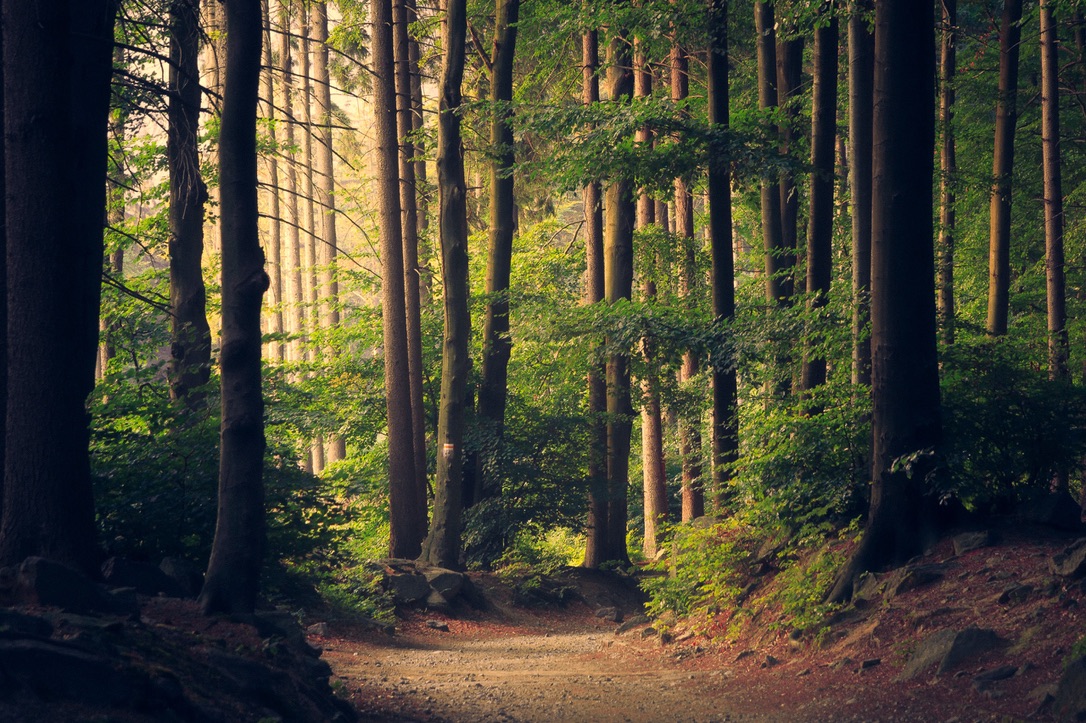Giving and Receiving Refuge
Challenges ebb and flow, but when they hit, the experience can feel unbearable. The poem, “Refuge,” by David Whyte (included below), depicts the experience of relief from the storm and ends with a curious line: “The stranger’s love is best of all.”
Kindness to strangers is encouraged by many world religions. Hearing stories of random acts of kindness often invokes a sense of delight, even if you were uninvolved in the giving or receiving. These acts can be a refuge, an offering of support and comfort. But, the experience of refuge is not just external or physical. Receiving refuge also provides a felt experience of relief, a safe haven for our emotional burdens. Offering refuge is a way to feel the strength of our generosity and the power of our capacities.
But refuge to “the stranger” has another aspect. When we view David Whyte’s poem through the lens of depth psychology, we are shown a path towards the unexplored aspects of ourselves. To be a stranger means to be unknown or unfamiliar. Yet, even if something within us is unrecognizable, unexpected or even unwanted, we all have an inner capacity to welcome the stranger (literally and metaphorically), to simultaneously give and receive refuge.
The times we are living in are unprecedented and are probably invoking an uncharted experience within you. In many ways, we have been thrust into the role of “stranger.” Who is this stranger inside of you and what is this strange world we find ourselves in?
As human beings, we will face challenges. These perils of living come in many forms. From injury, illness, and changes from aging, psychological and emotional struggles as we step out of our comfort zones, to social, political, economic, relational, and even spiritual difficulties. No one gets through life without being stretched by the experience.
So, how do you handle threats, overwhelm or distress? Where and how do you seek refuge in challenging times?
I invite you to welcome the stranger now and to find a place of respite within. We each have the ability to transmute suffering and nurture the needs of the soul, tending to inner and outer well being. You can begin to do this by asking yourself questions and getting to know the stranger both inside and outside. What is being revealed to you through the events of these historic times? What are you discovering about yourself?
For me, going out into nature always provides a place of grounding, peace, and perspective. I encourage you to take walks, find a sit spot in a beautiful place, or go out to see a view in times of challenge when refuge is needed.
Another way to cultivate the inner experience of refuge is through the Tibetan practice of Tonglen compassion; a meditation that focuses on transforming suffering and calls forth our ability to both give and receive refuge. Below is a link to a beautiful guided version of this meditation.
These are challenging times. May you find a place of peace and refuge both within and without.
REFUGE
a swerve in the path where the breeze
can’t catch you; other times a made shelter,
a shepherd’s build up of flat stones curved
to keep the wind off. Once, at the top of the pass,
it was a cave in the mountain rock taking you in
from the swirl and eddy of snow and the killing cold
so you could live to the grey blank dawn.
Then in Galicia, it was a breath of warmth
from a kitchen door, palatial with light
and a daughter’s smile, the family behind,
asking you in, as if to say, of all shelter,
traveler, you’ll ever find on the road,
even with those you know,
the stranger’s love is best of all.
